Child of Light has both looks and brains, but not much staying power
Child of Light isn't the wanky graphics showcase you may have been led to believe; it's gorgeous, yes, but its heart is a thumping good RPG which left us wanting more.
Over the last few years I've played several games developed as passion projects, with an emphasis on aesthetic and narrative, which have brought me to tears and made me want to write love letters to their developers - to track them down at conventions, wring their hands and gaze earnestly into their eyes while expounding on the impact they had on me.
Child of Light isn't one of those games, but it's pretty good anyway.
Prior to playing Child of Light I had certain expectations. I expected it to be beautiful, to have a charming set of characters, to have lovely music and to be a joy to play. All those expectations were met. Child of Light does have a really nice atmosphere. The 2D graphics are gorgeous, although the fact that Aurora and a few other characters are rendered in 3D is sometimes a little jarring. The fairytale world is much less generic than most games manage, and while the vast cast of characters doesn't allow for much exploration of them as individuals, few of the party members are dull stereotypes (it's great to see such a good gender balance, too; many of the most powerful warriors are female).
Floating about the environments is effortless and lovely and even the little firefly character, which is controllable via a second controller in the model of Puppeteer, isn't too annoying most of the time (the exception being a few fiddly puzzles). There's a pretty cool additional storyline worth checking out if you can find the (wonderfully brief; kudos Ubi, I think this is the first time I've ever actually read lore entires) collectibles. Aurora's story is quite touching, if a little clichéd in parts, and the little animation when she gets knocked down in battle made me bite a chocolate bunny in half in pure delight.
That said, as much as I wanted to fall head over heels in love with this world, I didn't. Maybe it's that the story is too short (more on that later) to really develop a connection and investment in it. Maybe it's the fact that everything is written in laboured rhymes. Maybe it was just that I never really felt a sense of exploration - which isn't a 2D thing, by the way, as games like Metroid and Castlevania prove.
So this isn't the teary, gushing recommendation I expected to write, but what I can't say about the game world and aesthetics (which after all may suit you down to the ground), I can say about the battle system.
Child of Light uses a really interesting hybrid time mechanic where both the party's and enemies' time gauges are visible on screen. How rapidly these gauges fill depends on each character's speed stat, but once you reach the final third you get to decide how to act, and the casting time of this action strongly affects how quickly you get to your turn.
Here's the fun part: if a character or enemy is attacked during their casting stage, they'll be bumped back along their time gauge. It's sometimes in your interest to pass over a powerful ability, knowing that it will be interrupted before you can complete it, in order to let off a quick and dirty attack - bumping the enemy back, and giving another party member time to do something better.
It's more complicated than this, with a defend ability and various status effects, and as you slowly add party members of varying abilities you end up with a myriad of tactical options. It starts off fairly straightforwardly, suddenly becomes a bit baffling, and then gestalt switches into something crystalline and beautiful. In glorious old school RPG fashion you explore each new environment, learning the abilities and weaknesses of common enemies, and putting together a solid tactic you then take to the next boss. Just when you think you've nailed it, a new kind of enemy, or a new party member, will set you on your ear.
It was quite reminiscent of Final Fantasy 6, actually. I absolutely love that kind of shizzle, and when a character left my party, ruining a cast-iron setup and leaving me without options I'd grown to rely on over the last hour, I first swore loudly and fluently and then was immediately absorbed in working out a new plan of attack. Deeply satisfying.
Unfortunately, towards the end of the game I was less satisfied. New party members seemed to turn up so quickly I didn't quite have time to find out what they were really good for, and despite my lack of grinding I found most of the fights pretty easy - I barely touched my stock of potions, and rarely had to bring in my healer. I only died once during my playthrough, as I recall, and that was when I'd walked past the first party member and tried to tackle the next section solo.
I'd like to replay the game on a harder difficulty, or perhaps by not recruiting some characters; it seemed like you could ignore their side quests if you wanted, or just never speak to some of them. As it was, at the end of the game I was using two or three characters almost exclusively, and felt that the late addition of a tank-like character unbalanced the game considerably.
Speaking of endgame: after you finish the main quest you can keep exploring the world. I couldn't actually see the point of this, as I'd done all the side quests expect one (they all involved backtracking a few times and searching your memory for the locations of various NPCs with literally no other function; it wasn't difficult to tick them all off, but a bit frustrating). I thought about playing a bit longer to max out my characters, or collect more elemental gems (there's a neat little crafting system, and you can get ahead by using Uplay to share with your friends), but as I'd already dispatched the optional mini-bosses and couldn't see any obvious new challenges, I switched off. I had plenty else to do.
If you're the kind of gamer who expects to fork out $60 and receive a 40 hour epic with 200 hours of replayability, and apply this thinking to lower price points proportionately, you may find Child of Light too short. I put aside a full long weekend to play it but I was easily done by Saturday afternoon despite only really devoting a few hours each day.
It would be really easy to expand the game's world through DLC, and I'd be both unsurprised and quite pleased if this occurred, because I'd love to take my party on to new challenges and explore the battle system further.
One final delighted lovelorn sigh over the gameplay systems: Child of Light is extremely controller friendly despite being so deep. You have so many options at your disposal that the menus might have been a nightmare, but a very simple series of rotating menus makes it super easy to get everything done. When it's time to act you can take as long as you like to check out the available options, or to use your firefly to heal. It could have been called Child of Time; maybe it should have been, with Ubisoft's marketing focusing on the wonderful tactical gameplay rather than the look and feel of the thing.
Ubisoft is to be applauded for its willingness to back something so refreshingly free of boring triple-A machismo and explosions, delivering a gorgeous and tightly designed little gem just a few flaws short of perfection. Cynically, I expect it's ruthlessly trying to capitalise on the arty indie market; optimistically, I'm so pleased a mainstream publisher is taking notes and acting accordingly.

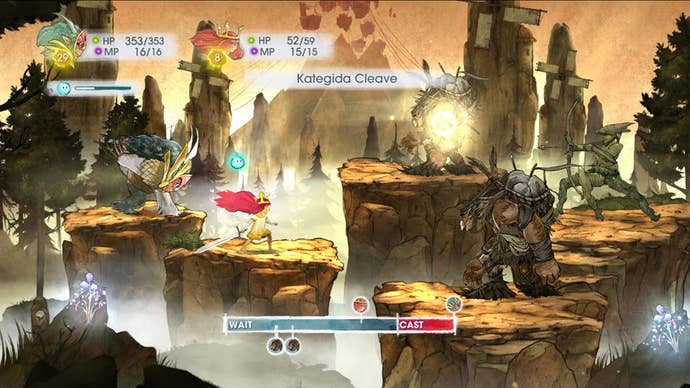
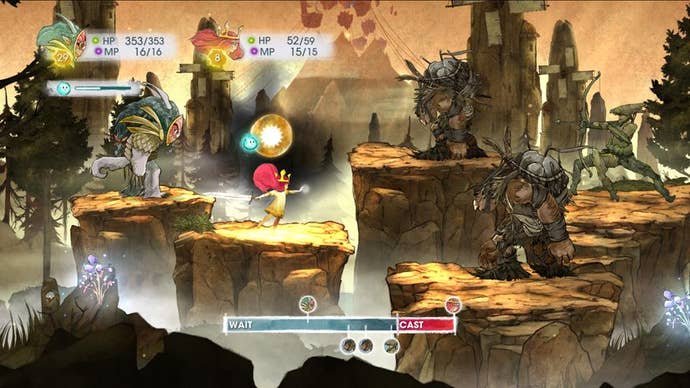

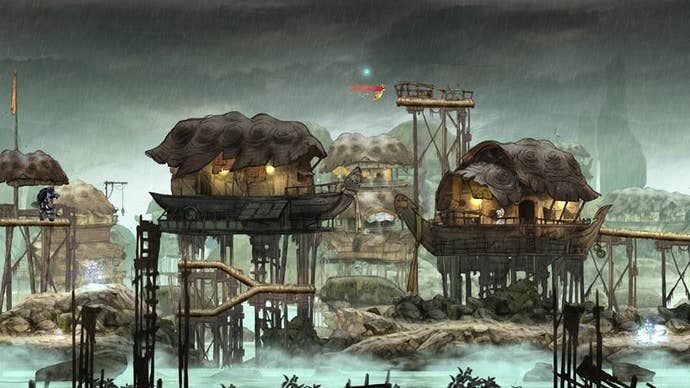
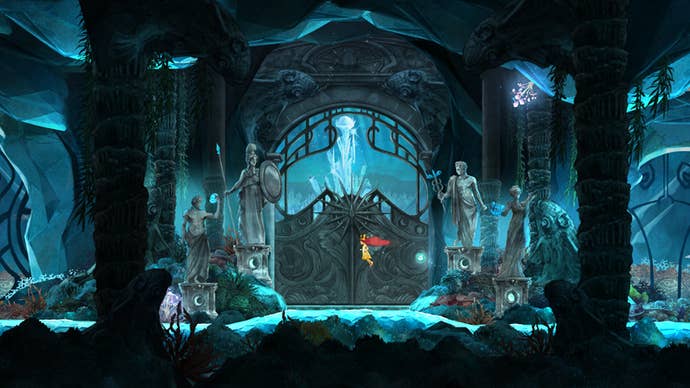
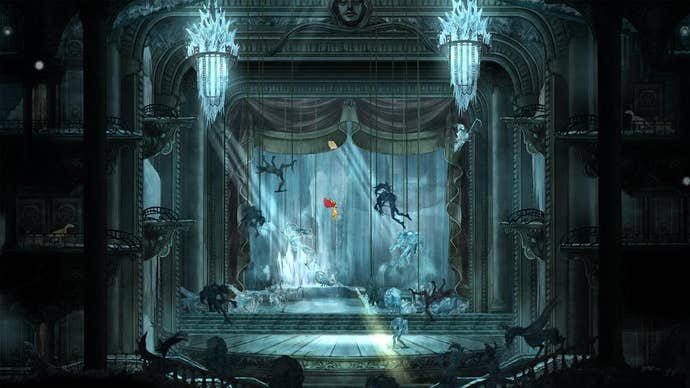
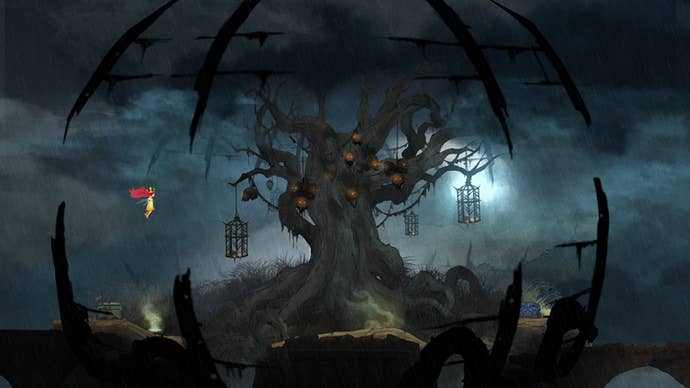

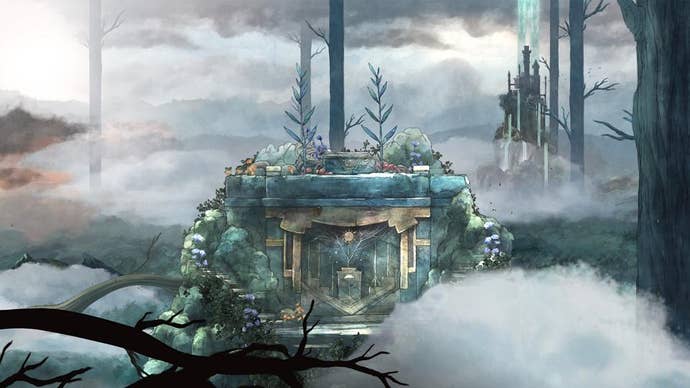
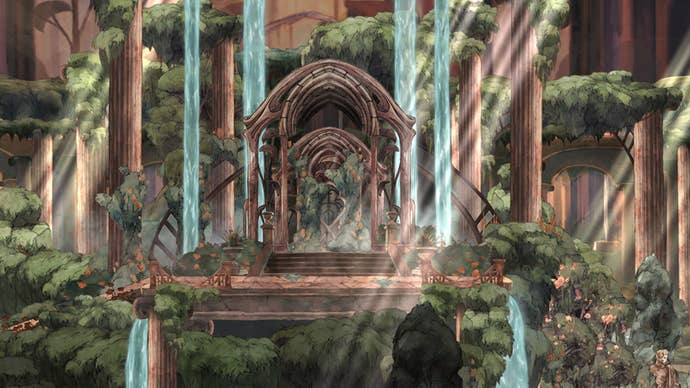

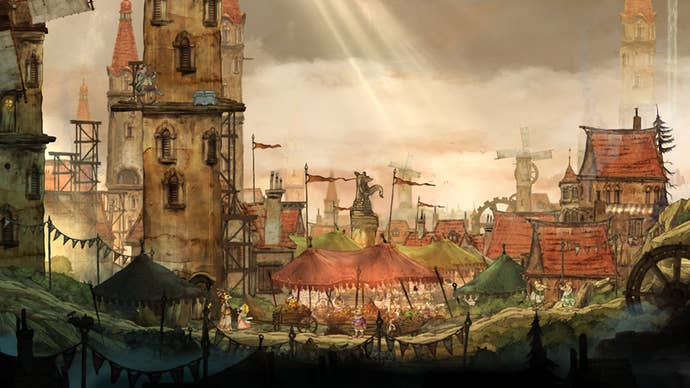
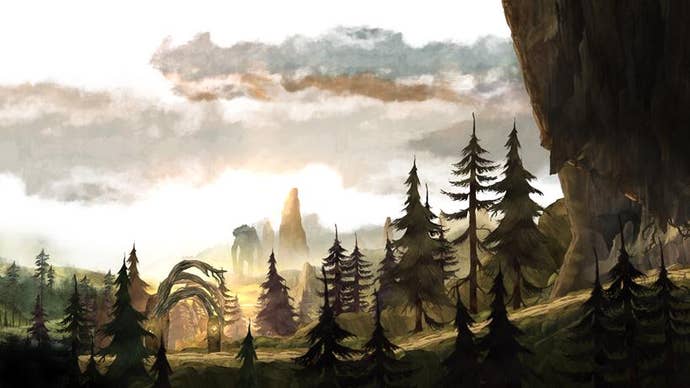
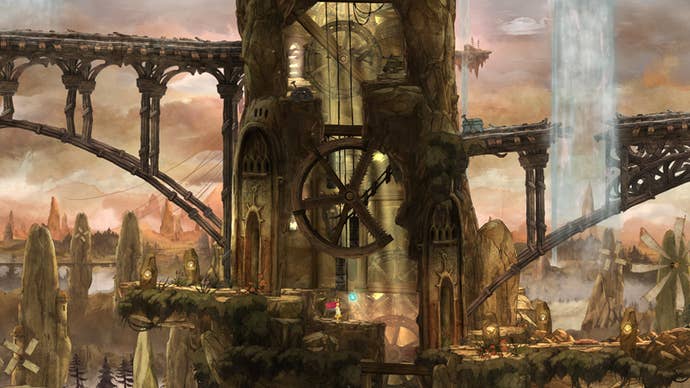

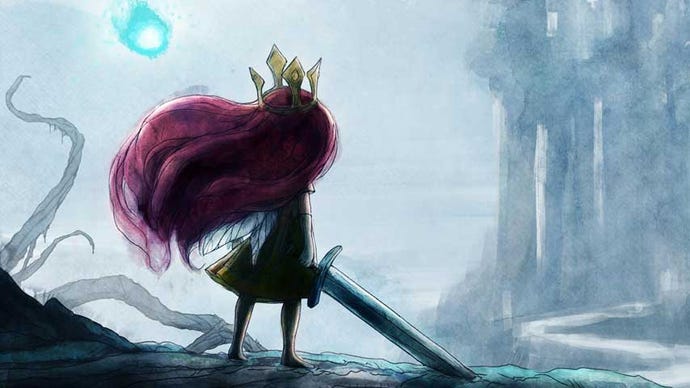




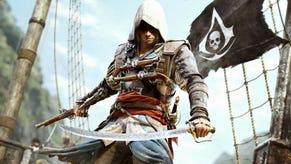
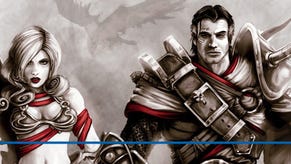
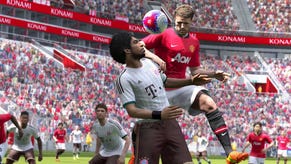

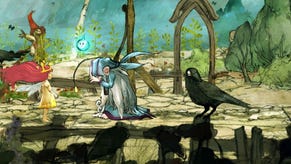

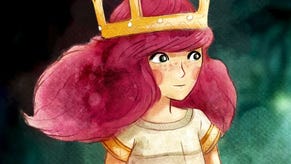
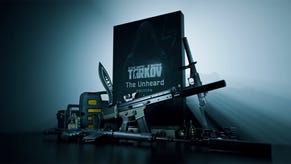
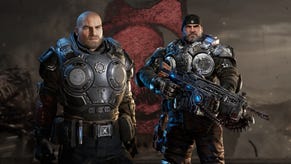
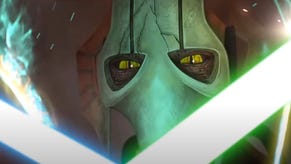
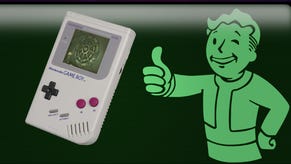


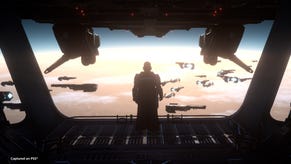
.png?width=291&height=164&fit=crop&quality=80&format=jpg&auto=webp)